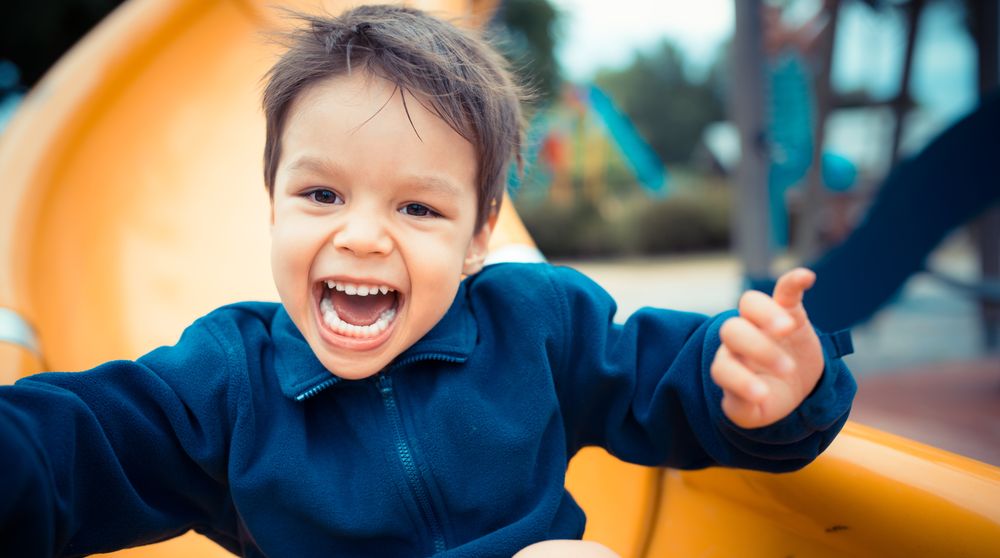Let's get physical - How much exercise should children be doing?
Published on Tuesday, 19 February 2019
Last updated on Tuesday, 31 December 2019

Physical activity is vital to a child’s healthy development and helps with confidence, strength, motor skills, sleep, stress, obesity, behavioural issues plus more. Given that many young children attend an early childhood service for a large portion of the day, it's therefore important that all early childhood educators are aware of how much exercise children receive under their watch.
But how do you know how much physical activity is enough for each age group? We look at the current New Zealand guidelines for infants and young children, along with some helpful tips for boosting movement in your service.
Government guidelines
The NZ Ministry of Health recommends the following amounts of physical activity for young children:
Children under 5
- Sit less
Provide regular activity breaks, discourage screen time in infants younger than two, limit screen time to one hour for those two and older, and limit time in equipment that restricts free movement. - Move more
Provide fun activities that support physical, social, emotional and spiritual growth at least three hours every day, spread throughout the day. Also provide plenty of opportunities for active play with others and by themselves to develop competence, confidence, resilience, creativity – both indoor and outdoor, especially involving nature.
Children 5-17 years
An accumulation of at least one hour a day of moderate to vigorous physical activity incorporating activities that strengthen muscles and bones at least three days a week.
Sitting less, moving more, breaking up sitting time, trading indoor for outdoor time and additional structured and unstructured light physical activities can also provide greater health benefits.
How to get them moving
If you’re looking for more ways to increase the amount of exercise the children in your service receive, then try these suggestions:
- Baby tummy time
Make sure they’re awake and alert when you do tummy time, such as after a nappy change or sleep. And encourage them to move by placing different toys around them in a circle. - Plan the activities
Make time for both structured/teacher-led activity and free play. Opt for outdoor play as much as possible, but also find an indoor space they can be active in. - Think outside the square
Throw a dance party, make an obstacle course, have children act out a story while you read it or get them to move when transitioning (e.g. hop, skip or jump to another location). - Try external locations and staff
Visit safe local facilities such as parks or karate studios or if budget allows invite fitness experts in to run regular movement classes e.g. kids’ yoga. - Include active games
Such as follow the leader, musical statues or a jumping activity. - Be a role model
Even if you’re not fit yourself, get involved in the physical activity or game, as children will be more inclined to join in when they see you moving and having fun too.
Thanks to Nemours and Extension for their helpful tips on how to encourage physical activity in early childhood settings.
Related Articles

Why risky play is important for young children
Safely providing children the freedom to explore new experiences and challenges, and venture into territory that isn't 100 per cent safe.

Fostering a sense of wonder
How to foster a sense of wonder and awe in children and how it benefits them.

The Active Play Guidelines for young children
It's important for babies, toddlers and preschoolers to be busy, but the big question is - how active and how rested should under-fives be?
